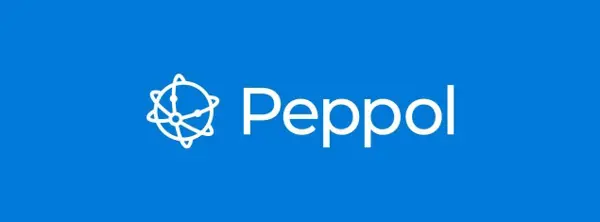E-return messages via Peppol
E-return messages (Invoice Response) via Peppol have been technically part of eConnect's services since 2015. With e-return messages, you as the sender automatically receive a notification of a changed invoice status at the recipient of the invoice. This advancement is a significant advantage compared to sending invoices by email.
The Dutch Government has commissioned the research agency GBNED to test e-return messages in collaboration with a leading group of Service Providers and Software Packages in the Netherlands. This follows the example of Belgium, where the Business Level Response (BLR) in the Mercurius portal was rated highest by users. Invoice Response (IR) is the successor to BLR, and eConnect is, of course, participating in the leading group to exchange e-return messages between parties.
Background
The Peppol network is used for securely and cross-border receiving and/or sending, among other things, e-invoices and purchase orders between companies and European governments. Sending an e-invoice via Peppol is technically possible in an increasing number of standard financial software packages and ERP software. Nevertheless, sending PDF invoices is still the most common method; about 75% of all invoices are still sent this way. The advantages of e-invoicing via Peppol are well known, but e-invoicing has not yet taken off. The drawbacks of sending a PDF by email are also well known. Resending PDF invoices by email that "were not received" is a significant hidden cost. They might have been caught by a spam filter or used as an excuse to pay the invoice later than the agreed payment term. That can be improved! With Peppol, it is technically possible to exchange procurement statuses such as "approved" and "rejected" machine-to-machine. The technical name is Peppol BIS - Invoice - response 3.0 (IR), but from now on we will call it e-return. E-return messages only go from the recipient to the supplier.
What e-return statuses are there?
The status of the invoice is automatically changed in the business process of the invoice recipient (the customer). An invoice can only have one status, so each Invoice Response message can contain only one e-return message. The status change in the process must be communicated to the supplier within 3 days after adjustment. The statuses listed below are included in the e-return messages in the order of the process:
AB Acknowledged The customer informs that the invoice has been technically received and can be processed in their procurement process.
IP In process The invoice is being processed in the ERP or financial software of the customer.
UQ Under query The processing of the invoice is temporarily stopped due to uncertainties.
CA Conditionally accepted The invoice is conditionally accepted. There may still need to be a reference to an order or purchase.
RE Rejected (Final status) This status is used when the customer does not further process and rejects the invoice. This does not mean that the transaction related to the invoice did not take place. It may be that the invoice did not comply with the delivery.
AP Accepted (approved) The invoice is approved for payment. This is the final status before the invoice is paid.
PD Paid (Final status) For some statuses (such as UQ, CA, and RE), it is mandatory to also provide a reason why this status has been assigned to the invoice. These statuses also have their own code and are therefore automatically communicated.
Source: Peppol BIS Invoice response 3.0
Advantages of e-return
- The supplier can take action earlier if the invoice is disputed by the customer.
- The supplier can update the organisation’s cash flow more quickly with an "approved" (AP) or "paid" (PD) status.
- The supplier can automate status updates in the ERP, reducing manual adjustments.
- E-return messages structure the feedback loop from customer to supplier, thus improving the relationship.
Conclusion
The Dutch Peppol Authority (NPa) has identified e-return via Peppol as a very important point, and the Dutch government will certainly support this with their own access point. As a result, when you send an e-invoice to the government, you immediately gain insight into the status and also know if there is a dispute, such as "rejected due to the absence of an order number". So, you no longer have to call or email if your invoice is not paid. You can resolve your dispute directly and therefore get paid sooner overall. With e-return in mind, it becomes increasingly logical for invoice senders (suppliers) to stop sending invoices by email and switch to Peppol. In addition to security and speed, a great feature is now being added that enhances the value of the debtor position or helps keep your liquidity position up to date.
eConnect is the leader in e-invoicing in the Netherlands and underscores this by participating in this initiative. Our proposal is to make e-return messages mandatory between Peppol Service Providers. If the technology becomes standard, e-return will be a real accelerator for e-invoicing via Peppol, for both supplier and customer.
